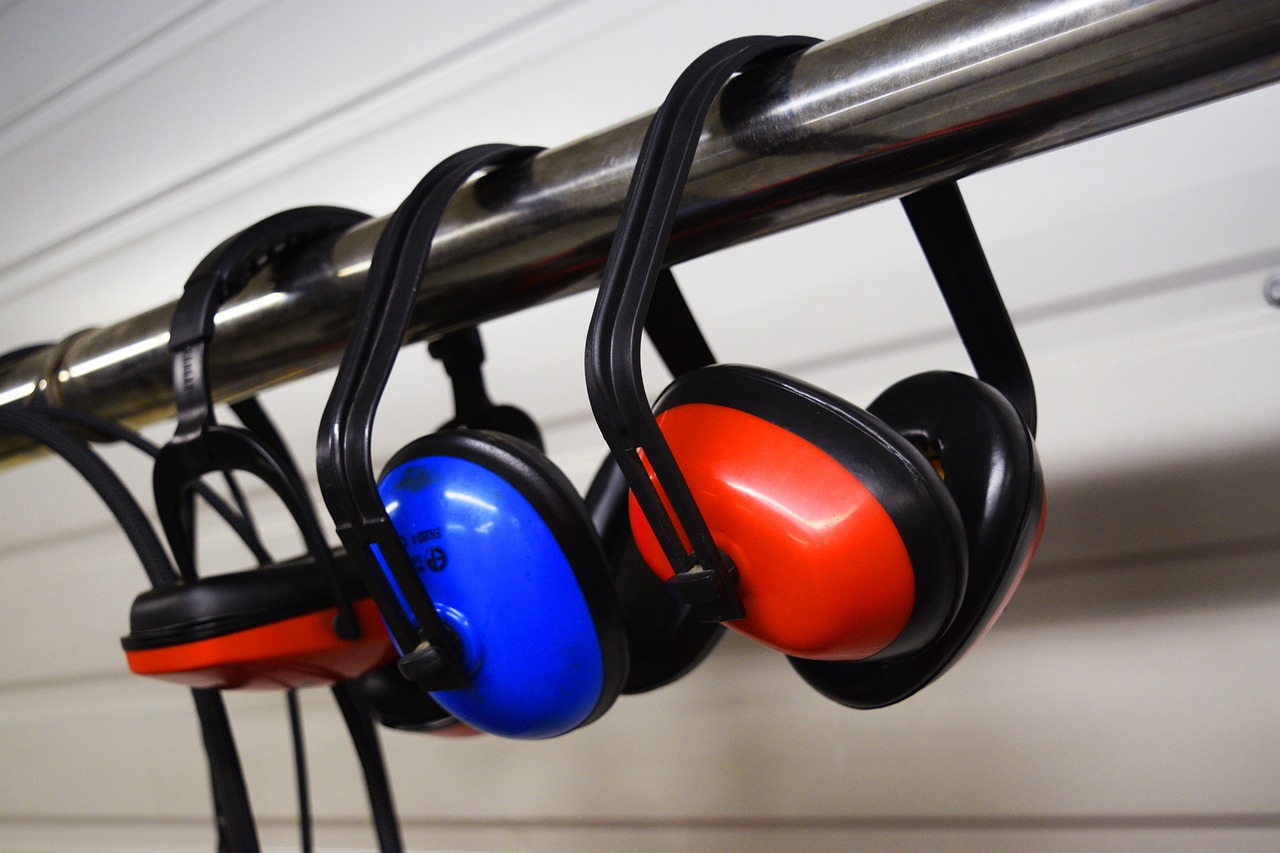Understanding different Noise Levels of Portable Air Conditioners

When it comes to portable air conditioners, noise levels can vary depending on the model and brand. However, it’s important to note that noise level is often measured in decibels (dB), and different manufacturers may provide different measurements based on different testing conditions. Here’s a general overview of noise levels for portable air conditioners:
Quiet Operation: Portable air conditioners labeled as “quiet” typically have noise levels between 45 dB and 55 dB. These units are designed to operate quietly and are suitable for bedrooms, offices, or any area where low noise is desired.
Moderate Operation: Portable air conditioners with noise levels ranging from 55 dB to 65 dB are considered to have moderate noise levels. These units produce a moderate amount of noise but can still provide effective cooling. They are commonly used in living rooms or areas where some background noise is acceptable.
Standard Operation: Portable air conditioners falling within the 65 dB to 75 dB range are considered to have standard noise levels. These units can be a bit noisier and may be suitable for areas where noise isn’t a significant concern, such as garages or workshops.
Loud Operation: Some portable air conditioners may produce noise levels above 75 dB, which can be considered loud. These units are typically not recommended for indoor use in residential settings but may be suitable for commercial or industrial applications where noise isn’t a major issue.
To give you an idea of the noise levels, here’s a general comparison of different dB ratings and their corresponding noise levels:
30 dB(A): Whisper-quiet library or a quiet rural area.
40 dB(A): Quiet residential area or a soft conversation.
50 dB(A): Background noise in a typical home or moderate rainfall.
60 dB(A): Normal conversation or an office environment.
70 dB(A): Busy street traffic or a vacuum cleaner.
80 dB(A): Loud music or a garbage disposal unit.
90 dB(A): Motorcycle or a subway train passing.
100 dB(A): Chainsaw or a rock concert.
110 dB(A) and above: Very loud environments like jet engines or fireworks.
Certainly! Here are a few additional factors to consider when comparing the noise levels of portable air conditioners:
Cooling Capacity: The cooling capacity of an air conditioner can affect its noise level. Generally, higher cooling capacities require larger fans and compressors, which can generate more noise. So, if you’re comparing units with different cooling capacities, keep in mind that higher capacity models might be slightly louder.
Fan Speed Settings: Portable air conditioners often come with multiple fan speed settings. Lower fan speeds typically produce less noise compared to higher speeds. If noise level is a significant concern for you, look for units that offer a low-noise or sleep mode, which prioritizes quieter operation.
Dual Hose vs. Single Hose: Portable air conditioners come in two types – dual hose and single hose. Dual hose units tend to be more efficient and can cool the room faster, but they may produce slightly more noise due to the extra fan and hose. Single hose units are generally quieter but may take longer to cool the room.
Insulation and Design: Some portable air conditioners are designed with noise-reducing features like insulation or sound-dampening materials. These units are engineered to minimize vibrations and noise transmission, resulting in quieter operation. When comparing models, look for units that specifically advertise noise reduction features.
Personal Preferences: Noise tolerance varies among individuals. Some people are more sensitive to noise than others. If you are particularly sensitive to noise or plan to use the portable air conditioner in a noise-sensitive environment like a bedroom or office, consider opting for models with lower noise ratings.
Here are a few more points to consider when comparing the noise levels of portable air conditioners:
User Reviews: Reading customer reviews and feedback can provide valuable insights into the actual noise levels experienced by users. Look for reviews that specifically mention the noise performance of the portable air conditioner you are interested in. This can help you gauge the real-world noise level and determine if it meets your requirements.
Location and Placement: The placement of the portable air conditioner can affect the perceived noise level. Placing the unit closer to your bed or seating area will result in a higher perceived noise level compared to placing it farther away. Additionally, placing the unit on a soft surface or using vibration isolation pads can help reduce the transmission of vibrations and minimize noise.
Sound Insulation: If noise is a major concern for you, consider enhancing the sound insulation in your room. Adding curtains, acoustic panels, or other sound-absorbing materials to the walls can help reduce the overall noise level in the room, including the noise produced by the air conditioner.
Brand and Model Comparison: Different brands and models of portable air conditioners may have varying noise levels even with similar specifications. Some manufacturers prioritize noise reduction and design their units to be quieter than others. It can be helpful to compare different brands and models to find options with lower noise ratings.
Decibel Levels in Product Specifications: When comparing different portable air conditioners, check the product specifications provided by the manufacturer. Some models explicitly state the noise level in decibels, making it easier to compare and choose a unit with a noise level that aligns with your preferences.
Remember that noise level is just one factor to consider when purchasing a portable air conditioner. It’s important to balance noise level with other important features like cooling capacity, energy efficiency, ease of use, and reliability to find the unit that best suits your needs.
Journalist and environmental campaigner who religiously believes in the power of collective people.



